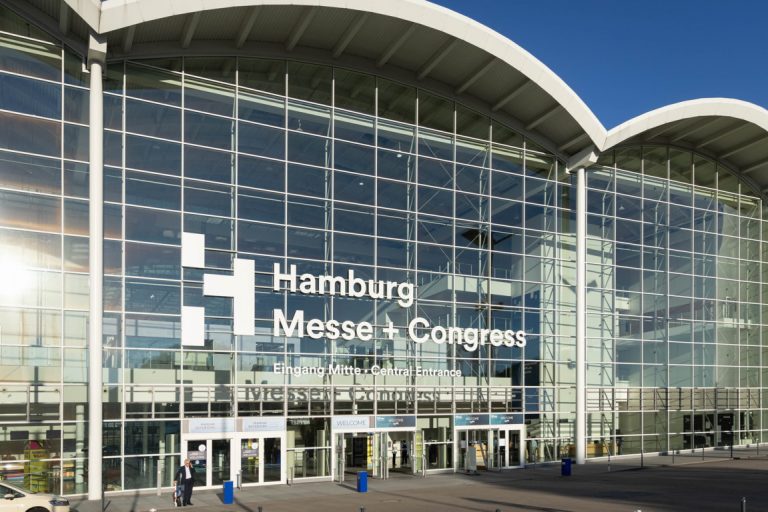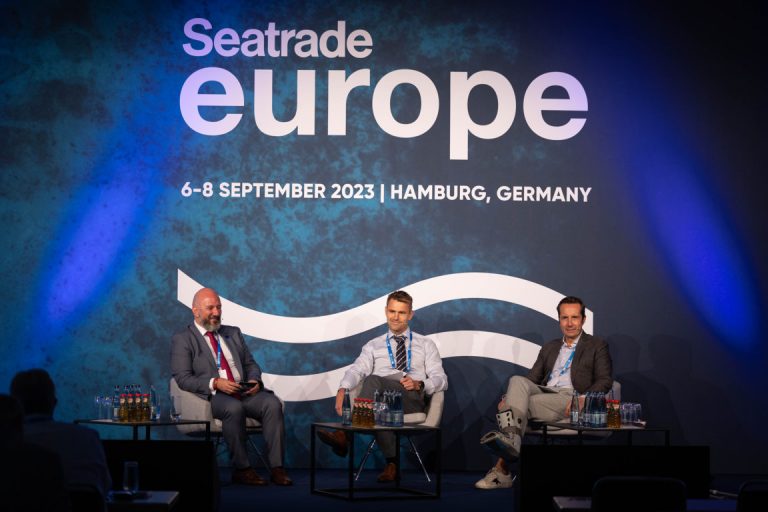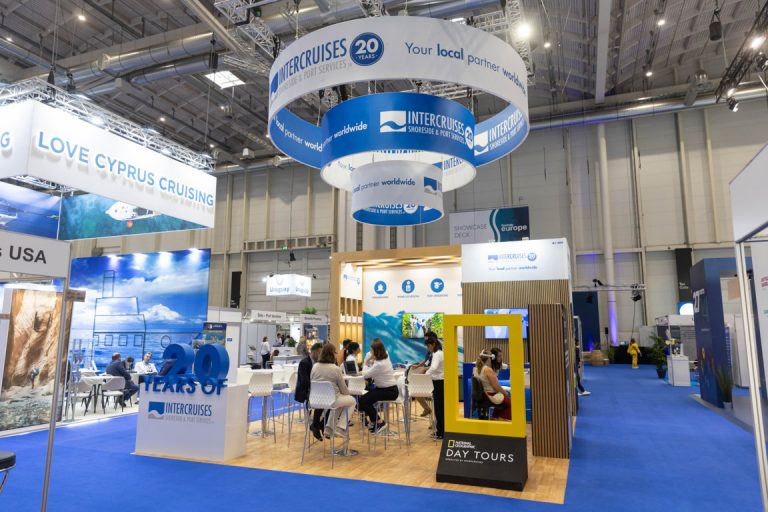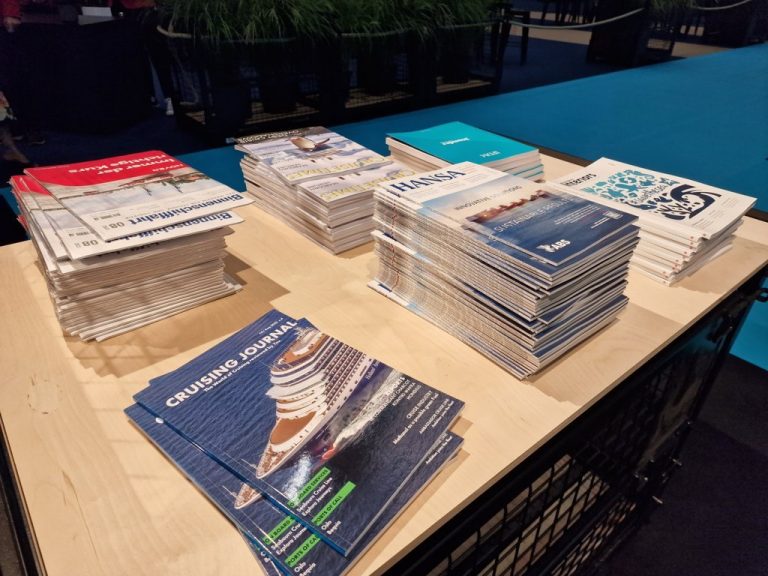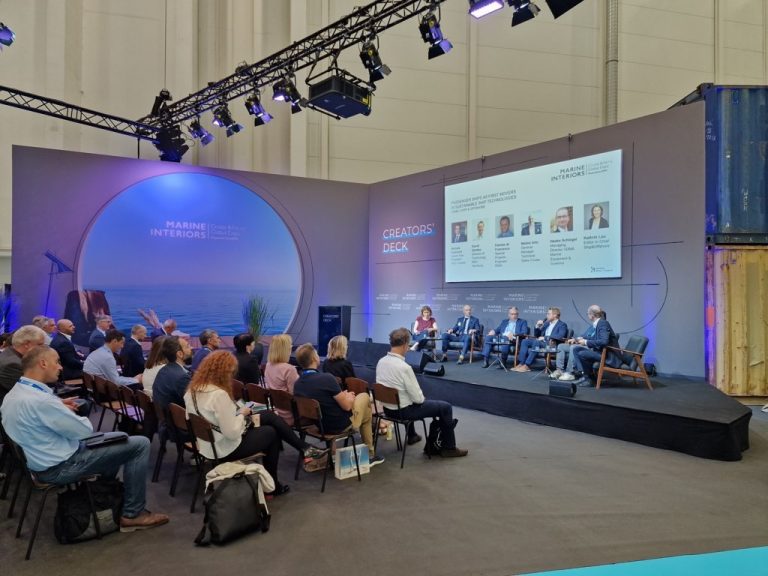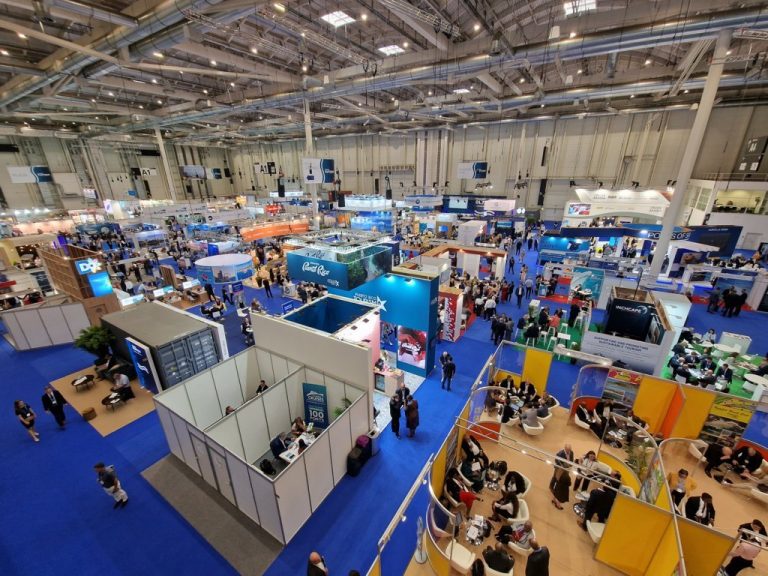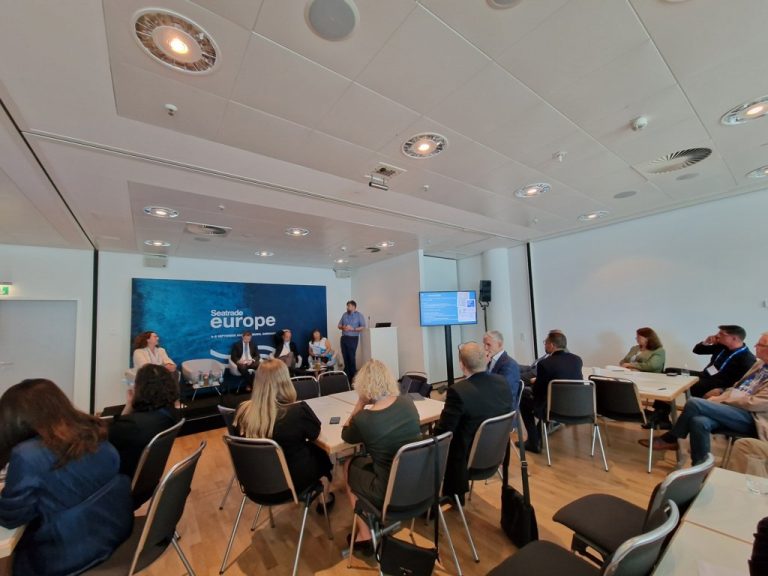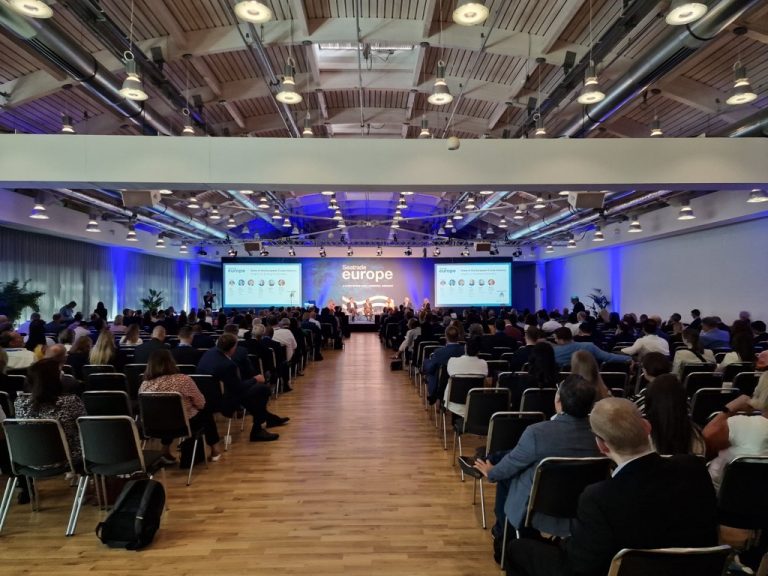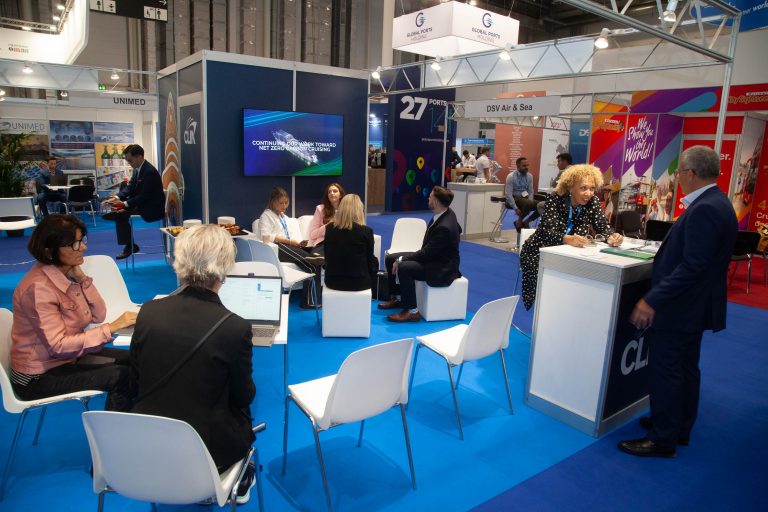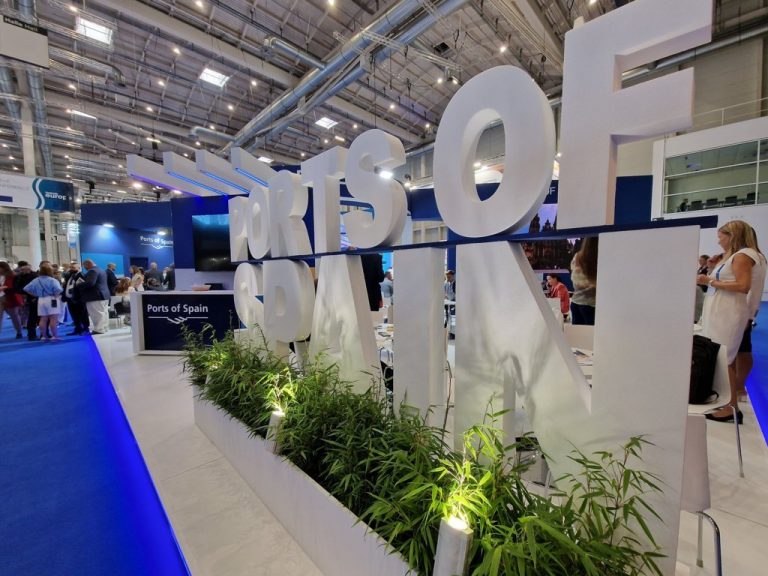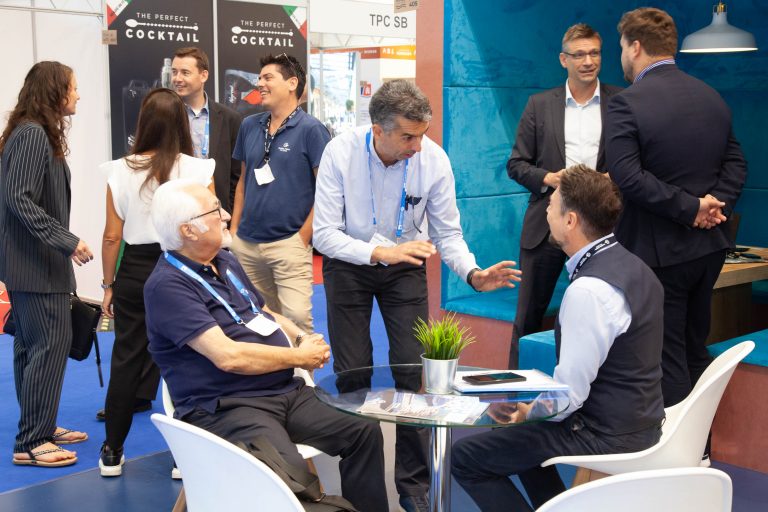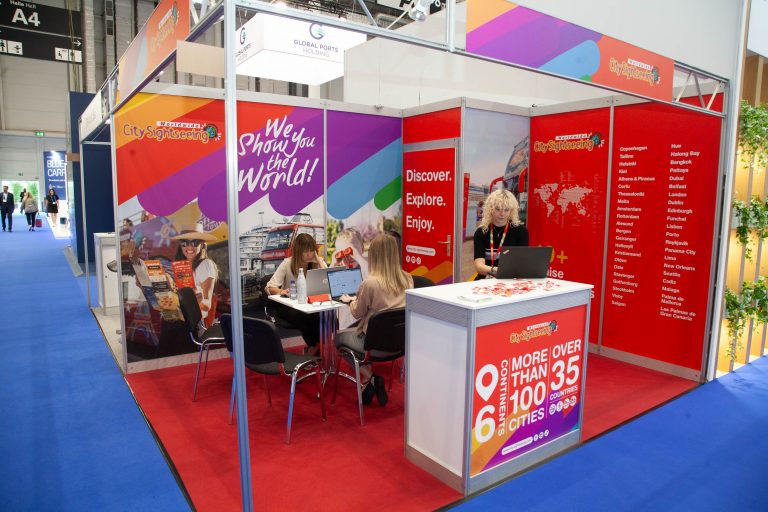Scaling Sustainably: Seatrade Europe in Hamburg
Scaling sustainably. This was the central theme of the recent Seatrade Cruise Europe, held in the splendid setting of Hamburg from September 6th to 8th, 2023. A crucial moment of gathering and discussion for all industry stakeholders, aiming to steer growth towards a sustainable process that respects both natural resources and local communities.
The effort required to continue along a path already undertaken by the cruise industry, that of sustainable progress, involves a wide range of industry players. Primarily, the cruise lines, of course, but also institutions, port authorities, shipyards, service providers, and all those involved in cruise tourism.
Seatrade
The congress’s agenda, therefore, began with this fundamental premise, “scaling sustainably,” addressing a series of topics that provided a careful analysis of the present and the near future. What emerged, amidst encouraging results and setbacks, is that this path towards full sustainability cannot be something rigid and entirely preplanned. Instead, it must constitute a flexible guideline subject to continuous changes and improvements, with the common goal of the entire industry in mind.
With over 3,500 registered participants from at least 80 nationalities, numerous exhibitors, and representatives of many cruise companies, the event became a significant stage for a debate of this importance. The event also included the Marine Interiors Cruise & Ferry Global Expo, which provided additional interesting perspectives and points of interconnection between large cruise ships and entirely different realities, such as ferries and yachts, both in the exhibition and conference schedule.
Seatrade
Among the various aspects of the main theme, some other topics that took center stage in panels and conferences were port logistics and their capacity to follow cruise companies on their path to sustainability and zero emissions. Destination development was another subject explored, focusing on the factors influencing itinerary planning. Consequently, it was emphasized the need to improve synergy between cruise companies, port authorities, and local communities for joint development of technologies and a growth approach that is compatible with the realities of each region. The use of alternative energies is always on the agenda of cruise companies, but it cannot be solely the responsibility of shipowners to create the necessary infrastructure for their use and supplies.
Seatrade
During one of the introductory panels on the state of the industry, Marie-Caroline Laurent, Director General of CLIA Europe, listed some of the challenges related to existing and forthcoming legislation, explaining that CLIA is collaborating with the European Union to find the best solutions. Michael McCarthy, Chairman of Cruise Europe, stated that more ports will be equipped with shore power capabilities in the coming years. In terms of overall growth, the numbers seemed encouraging in several sectors. According to Wybcke Meier, CEO of TUI Cruises, cruises are slowly outperforming other modes of travel in Europe, with bookings growing for both the current year and the next. These opinions were also confirmed by Felix Eichhorn, President of AIDA Cruises, enthusiastic about the numbers in Germany, and by Ponant CEO Hervé Gastinel, who believed that post-pandemic recovery in Europe would be robust.
Seatrade
Seatrade
One day was particularly dedicated to river cruises, another sector in Europe that is highly active and populated by operators. Arno Reitsma, CEO and President of Scylla and President of IG RiverCruise; Christopher Hackney, Managing Director of Marella Cruises and TUI River Cruises; Lucas Schmitter, Director of CroisiEurope; and Otto Groen, CEO of Rivertech Group, all agreed that 2023 would end on a very positive note, with volumes reaching and even surpassing 2019 levels.
Despite a low number of new ships entering the market in 2022 and 2023, new construction orders are expected to resume soon. The river cruise sector also intends to cooperate more intensely with ocean cruise companies in the research and development of alternative fuels and new propulsion technologies, as demonstrated by the memorandum of understanding signed between IG River Cruise and CLIA during the event.
Seatrade
Seatrade
Another common theme among ocean and river operators is the system of port call reservations, where tour companies request itineraries well in advance while many port authorities are quick to confirm berths. The request for a platform coordinating port calls was already expressed during Seatrade Europe in 2019, especially to avoid overcrowding in certain key ports.
Another common challenge is the lack of sufficient human resources, as a long-term consequence of the pandemic. Speaking on River Cruise Day, Sebastian Frankenberger, owner of Tourismus-Training SF and DonauGuides, highlighted the shortage of local guides. Due to the pandemic, many have left the market to seek employment in other sectors, resulting in a loss of up to 50% of capacity in some regions. Since the training of new guides is often regulated at length, Frankenberger mentioned that the lead time for new guides to become qualified and ready for action can be up to two years.
Seatrade
This lack of service is sometimes also found during port calls, where destinations are not adequately prepared to receive large ships, sometimes only seasonally. Captain Pier Paolo Scala, VP of Global Port Operations at MSC Cruises, emphasized the importance of early collaboration with local destination operators to ensure they are prepared for visits from even large ships. From provisioning to transport organization, destinations often underestimate the purchasing power for local services and products brought by a large ship carrying thousands of passengers.
Seatrade
The idea of a platform coordinating port calls also found support among port operators. John Portelli, GM of Roma Cruise Terminal, argued that a platform covering Italian ports could effectively support cruise companies. Stressing that planning and communication are key to smooth port calls, Portelli, who expects Civitavecchia to receive three million passengers this year, said that Rome aimed to confirm incoming berth requests within 48 hours to support cruise lines’ itinerary planning. In addition to rapid communication, Portelli advocated transparency, particularly regarding port tariffs, which should be clear and free of surprises.
Besides addressing challenges and suggesting solutions as collaboratively as possible, Seatrade Europe also highlighted significant industry trends with medium and long-term perspectives.
New destinations and younger passengers in the river sector emerged as key topics during the River Cruise Destination 101 panel, highlighting the demand for innovative and active programs featuring elements like onboard bicycles, hiking, or walking. Luxury is also gaining ground in the river sector, with new operators entering the sector more significantly.
Seatrade
In conclusion, a more positive general promotion of cruises would help both engage local communities, often concerned about the arrival of both large and small ships, and attract potential professionals to the industry, in all areas of work.
An equally interesting area of discussion was developed on the stage of the Marine Interiors Ferry & Cruise Expo, which presented a rich program of debates involving cruise companies, operators, and material and service providers. Sustainability is certainly one of the main items on the agenda here as well. Still, interesting insights were also offered, such as the one proposed by the leader of the Designing for Luxury panel, where, together with architect Stefano Pastrovich, they compared certain aspects of cruise ships and yachts to verify differences and similarities in interior design, materials, and costs.
Seatrade
Seatrade
In the exhibition area, most of the stands were dedicated to destinations, a characteristic that partly defines Seatrade Europe, demonstrating the strong desire of many port authorities to engage in the cruise industry or strengthen their relationships with cruise companies and tour operators. This is also an important signal for an industry where collaboration and synergy are key points for progress and growth.
There is no need to mention that Seatrade Europe always proves to be a rich environment full of inspiration and interesting discussions, both inside and outside the conference schedule. Impeccable organization led to evenings filled with stimulating and instructive events, during which opinions could be exchanged with both old and new friends and colleagues, often over a good dinner or a glass of wine. Looking forward to meeting again in Miami next spring, the focus is already on 2025 for another visit to Hamburg, a city that always welcomes cruise industry professionals with incredible hospitality.
Don’t miss more updates, news and reviews about the world of cruises on Cruising Journal.

